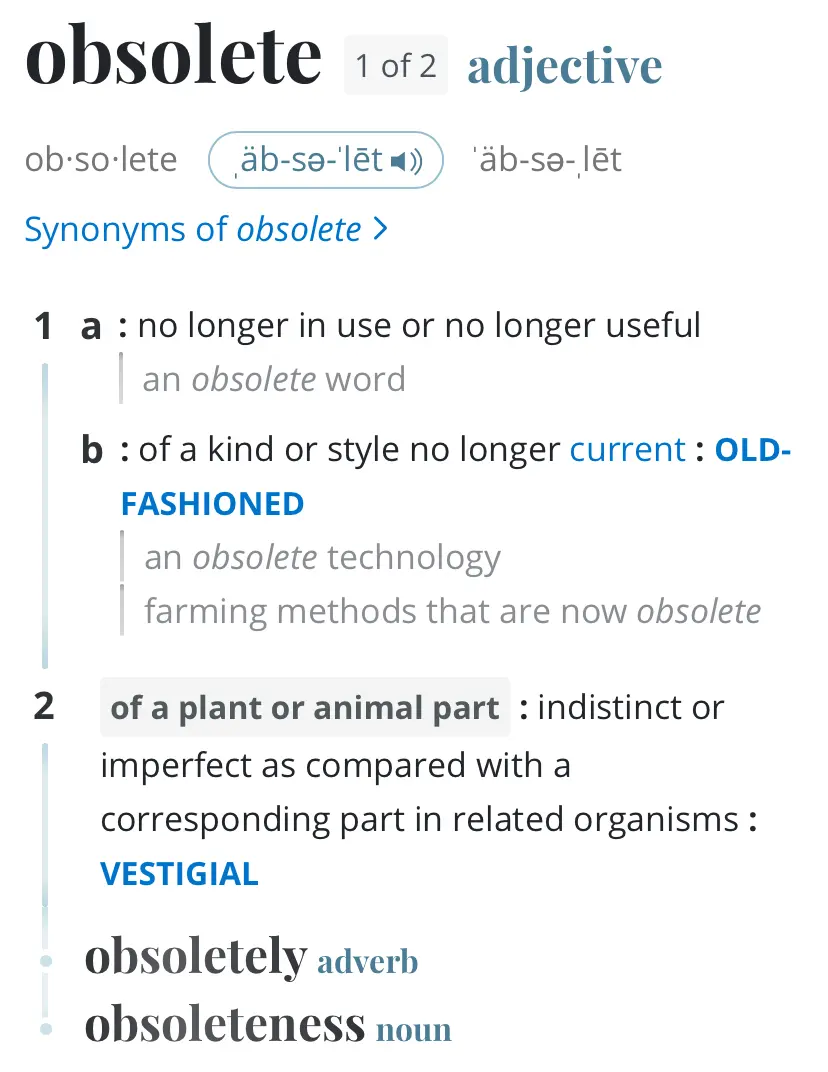

This is why some things are trade secrets rather then trademarked.
Only very few people in the world know the coca cola recipe. Legally your free to recreate it and sell. Good luck though knowing that the company has an exclusive contract to process cocaïne leaves into flavoring extract. (The narcotic byproduct sold to phrama)








Most people who use anything other then windows for work will still use the best software for the job. Most of the advances made for it may likely also work on other distros.
I imagine this just provides a additional option that can freely be distributed and supported with european standards.
It also has potential to be used in schools moving people away from dependency on Microsoft.